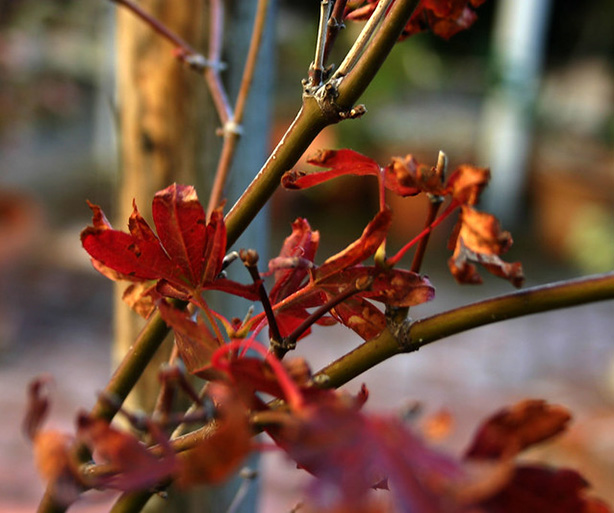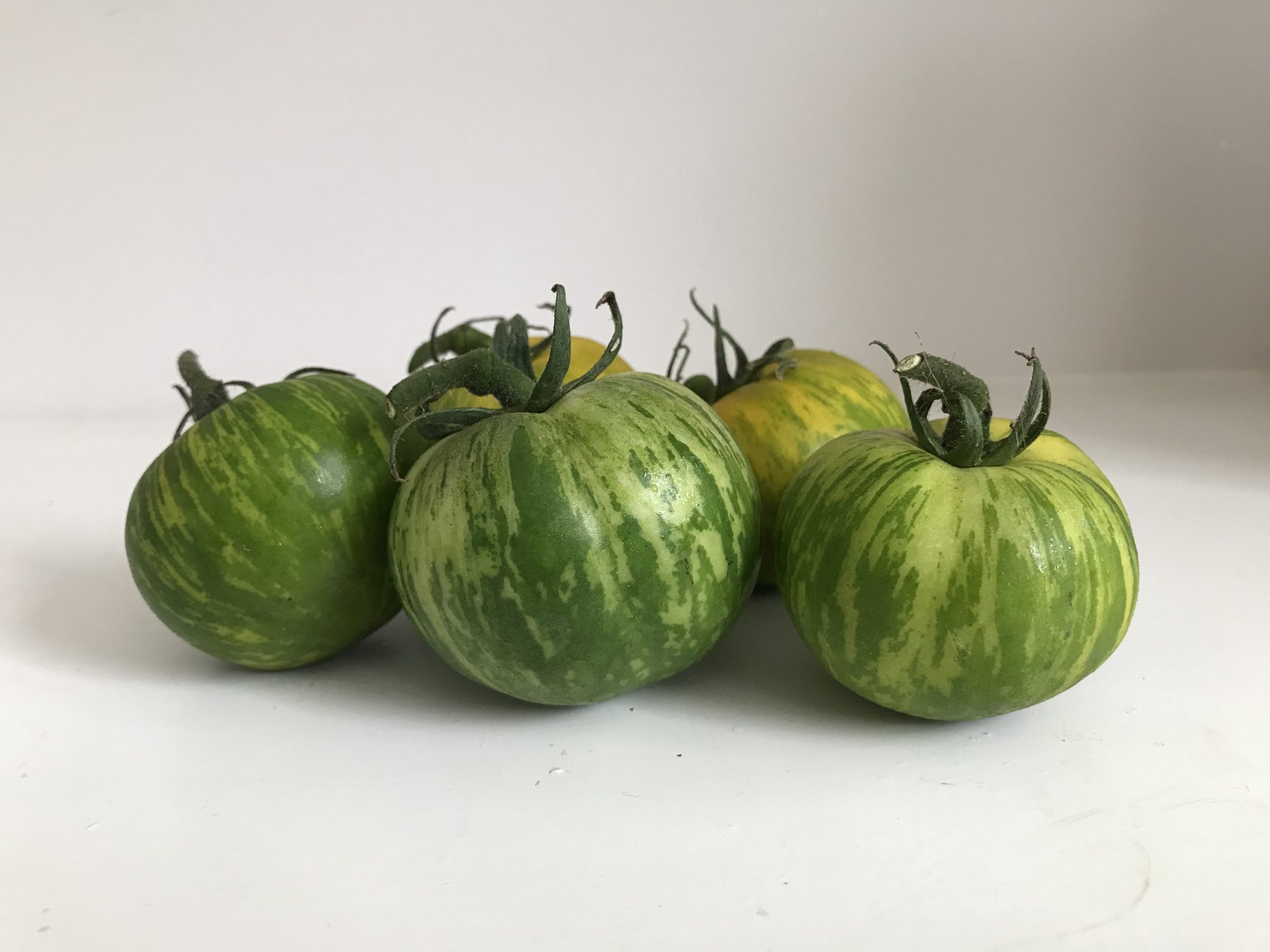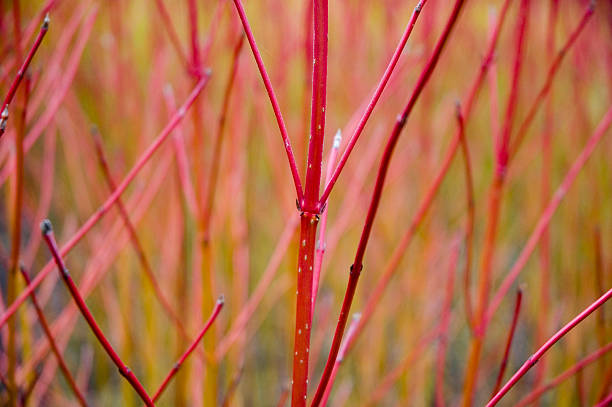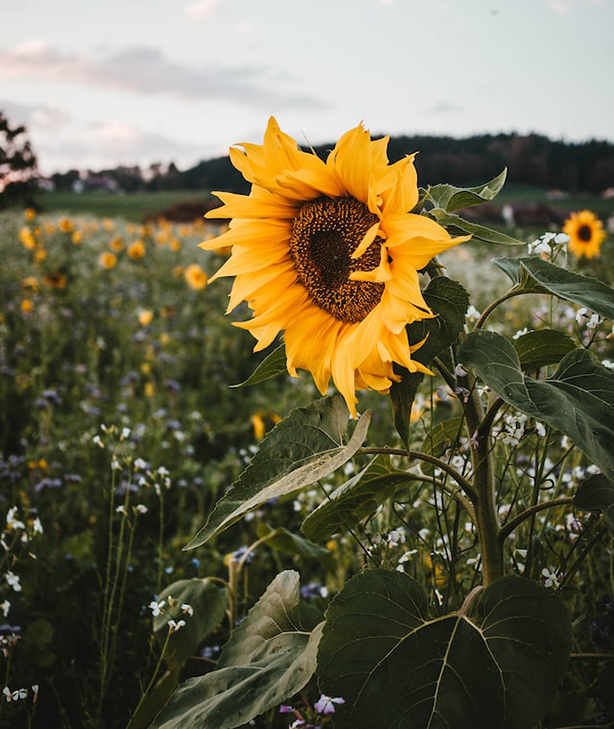Mastering Your Landscape: A Deep Dive into Wood Fence Styles
In today’s era of urbanization and modernization, homeowners often look for ways to combine aesthetics with functionality when it comes to their living spaces. One such element that often gets overlooked yet plays a crucial role in enhancing the beauty and security of our homes is the fence.
Specifically, wood fences have been a timeless choice, admired not just for their rustic allure but also their adaptability. If you’re contemplating a wooden boundary for your property, this article will guide you through the myriad of wood fence styles available.
1. Traditional Picket Fence
When one thinks of a picturesque suburban home, the image is often complemented by a picket fence. Characterized by evenly spaced vertical boards (pickets) with pointed tops, these fences are perfect for front yards, gardens, and walkways. While the traditional style has evenly spaced pickets, contemporary designs experiment with varying gaps and picket heights.
2. Privacy Fence
For those who value seclusion, the privacy fence is an optimal choice. Standing tall at 6-8 feet, these fences consist of boards placed tightly together, ensuring minimal to no visibility through the fence. They’re ideal for backyards, patios, or any area where privacy is paramount.
3. Split Rail Fence
Originating from the early American frontier days, the split rail fence is synonymous with rustic charm. This fence, often found in rural areas, uses logs that are split lengthwise into rails and are then stacked in a zig-zag pattern. While not the best for privacy or security, its quaint design makes it a favorite for decorative purposes.
4. Horizontal Fence
Breaking away from the conventional vertical board arrangement, the horizontal fence offers a modern twist. By laying wooden planks horizontally, this style gives homes a contemporary and sleek appeal. It can be mixed with planters and climbing plants to introduce an organic aesthetic.
5. Lattice Fence
Lattice fences combine structure with creativity. Consisting of crisscrossed strips creating square or diamond patterns, these fences can serve as standalone boundaries or decorative top additions to another fence type. They allow a touch of sunlight and air, making them perfect for garden walls or patios.
6. Louvered Fence
For a mix of privacy and airflow, the louvered fence is a top contender. With tilted wooden slats placed in parallel at regular intervals, they ensure optimal airflow while blocking direct view, making them great for areas like pool decks.
7. Board on Board Fence
Crafted by overlaying partial boards on top of one another, the board on board fence creates an intricate pattern of shadow and light. It offers a considerable degree of privacy while being visually appealing, suitable for properties that want to make a bold statement.
8. Shadow Box Fence
Alternating boards on both sides of the supporting rails create the unique design of the shadow box fence. This alternating pattern gives a semblance of depth and provides a degree of privacy while allowing some airflow.
Choosing the Right Wood Type
The fence style is just one piece of the puzzle; the wood type also plays an integral role in the overall look and durability of the fence. Popular options include:
Cedar
Renowned for its rich color and natural resistance to insects and decay.
Redwood
Valued for its beauty and longevity, though it comes at a higher price point.
Pine
Often pressure-treated to resist termites and decay, making it durable and affordable.
Teak
While pricier, teak’s natural oils make it resistant to water, decay, and pests.
Maintenance Matters
No matter which wood fence style you decide upon, maintenance remains an essential aspect to ensure your fence looks its best and lasts for years to come. Here are a few maintenance tips to consider:
Regular Cleaning
Dust, mildew, and mold can accumulate on your fence, especially in damp conditions. Consider cleaning your fence annually with a mixture of soap and water. For tougher grime, a gentle pressure wash can help restore its original charm.
Sealants and Stains
These are a wood fence’s best friends. Not only do they amplify the wood’s natural beauty, but they also offer a protective layer against UV rays, moisture, and pests. Depending on your location and the type of wood, resealing or staining every 2-3 years is generally recommended.
Inspect for Damage
Regularly inspect your fence for any signs of wear and tear. Look for loose boards, pest damage, or rot. Prompt repairs can prevent minor issues from becoming major problems.
Avoid Soil Contact
It’s always wise to keep the base of your fence a few inches off the ground. Direct soil contact can accelerate wood rot, especially if the soil retains moisture.
Customization Opportunities
While the design of the fence holds its merit, there’s always room for a touch of personal flair. Consider:
Paint
With a wide palette of colors available, painting offers an opportunity to either blend your fence with the surrounding landscape or make it stand out.
Decorative Post Caps
These small additions can make a big difference in the overall aesthetic of the fence. From classic wooden caps to ones fitted with solar lights, the options are plentiful.
Integrated Planters
For those with a green thumb, integrated planters or hanging pots can transform a fence from a mere boundary to a vertical garden brimming with life.
Final Thoughts
Wood fence ideas stand out as a testament to both tradition and innovation. From the classic allure of the white picket fence to the textured sophistication of cedar privacy fences, wooden fence choices resonate with homeowners looking for a blend of aesthetics and function. While vinyl fences, particularly vinyl privacy fence variants, offer modern alternatives, there’s an undeniable warmth and authenticity to a wooden fence that other materials, like chain link fences, can’t quite replicate.
Delving deeper, fence panels come in a multitude of designs, with the basket weave fence catching attention for its intricate pattern and standout design. The cedar fence, celebrated for its natural resilience and rich hue, contrasts beautifully against the crisp lines of a white picket fence. It’s essential to note, however, that while wood fencing, with its vast array of fence boards, presents a canvas of creative possibilities, regular maintenance ensures that the fence line remains sharp and enduring.
Whether you’re leaning towards the timeless appeal of wood fencing or considering other materials like vinyl fences, understanding your choices is paramount. While privacy fences, be it cedar or vinyl, offer seclusion, styles like the basket weave or classic white picket lend a distinct charm to any property. The journey of transforming a mundane fence line into a statement piece begins with exploring these diverse and captivating wood fence styles.






